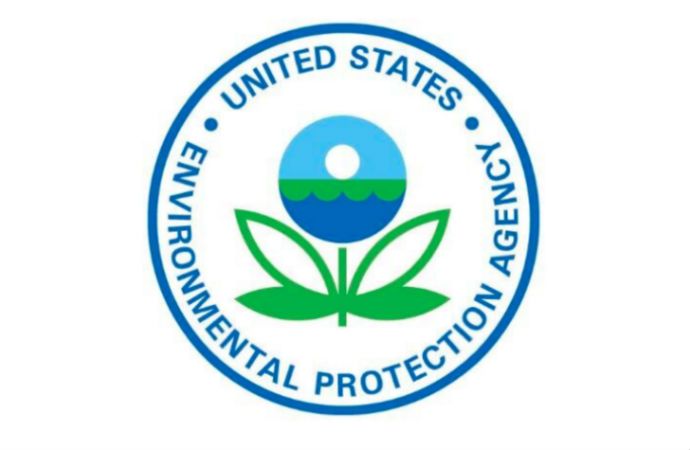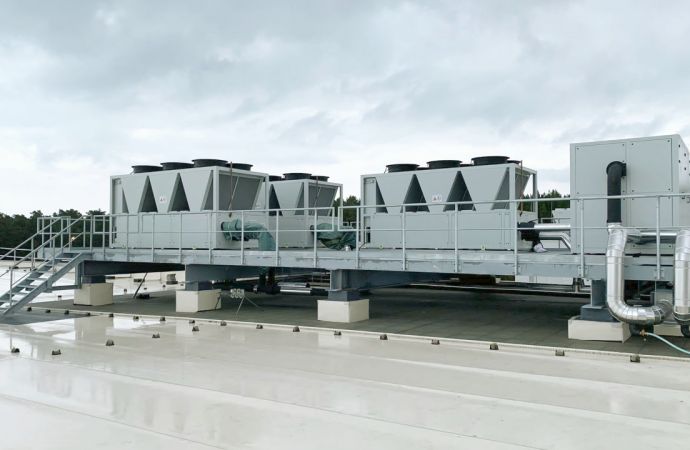In request for meeting with Pruitt, chemical company claimed natural refrigerants are being promoted by 'global competitors,' contrary to U.S. interests.

An article published Saturday by The Intercept, an online news site, highlights a memo sent by chemical producer Chemours last year to former U.S. Environmental Protection Agency (EPA) administrator E. Scott Pruitt in which the chemical producer casts natural refrigerants in a negative light and ties them to “global competitors” attempting to “move into position to lead the HFC replacement industry.”
The article, “How a Dupont Spinoff Lobbied the EPA to Stave Off the Use of Environmentally Friendly Coolants,” said that the memo was part of records released by the EPA in response to a Freedom of Information request by the Sierra Club. (This reporter was quoted in the article.) The memo is now publicly available here.
The Chemours memo, dated May 4, 2017, was a request to meet with Pruitt. Among the attendees would be Mark Vergnano, CEO of Chemours, and Greg Smith, senior director – government affairs, Chemours. The article said the meeting did take place.
In the memo, the company described its investment of “hundreds of millions of dollars” in the development of HFOs, and expressed its “desire to see EPA maintain consistency vis-à-vis HFCs in order to help protect U.S. leadership in this space and protect significant new U.S. investments the company has made in reliance on previous EPA policy decisions.” (The EPA’s regulation of HFCs was upended in August 2017 by a U.S. Court of Appeals ruling.)
Chemours did not respond to a request for comment on The Intercept article and the EPA memo. An EPA spokesperson said the agency declined to comment on the article in The Intercept.
However, the EPA spokesperson pointed out that under its Significant New Alternatives Policy (SNAP) program, the agency “does not issue company-specific and/or product endorsements,” though it does evaluate refrigerant alternatives and has placed on its “acceptable” list refrigerants “submitted by Chemours and various other companies.”
In the section of the memo titled “Continued American Leadership is Needed,” it said, “Without leadership from the United States to compete vigorously to succeed in this segment, global competitors can quickly move into position to lead the HFC replacement industry.”
After discussing HFO manufacturing and HFC anti-dumping cases in China, the memo then said “organizations like Greenpeace and [s]hecco [publisher of this website] promote the use of carbon dioxide, hydrocarbons, ammonia, water and air as the only viable solutions for many applications, including refrigerants.”
“While these options may indeed be preferred for some uses and equipment types,” the memo continued, “in many cases they are significantly more expensive for equipment manufacturers to implement than HFO solutions, and in some cases, have poor energy performance, higher operating costs, and severe safety risks.”
“Therefore,” the memo added, “continued U.S. leadership and engagement is needed to ensure a level playing field and fair consideration of all options.”
The memo provided no examples of natural refrigerant equipment being more expensive than HFO systems, or having poor energy performance, higher operating costs or severe safety risks. The Intercept article observed that natural refrigerants are less expensive than HFO refrigerants and called the energy, performance and safety claims “largely incorrect.” It quoted refrigerant consultant Keilly Witman as saying, “They are greatly exaggerating the safety concerns.”
The article also pointed out that, despite its desire for a “level playing field,” Chemours (with Honeywell) “already dominates” the refrigerant arena in the U.S., though a number of U.S. equipment manufacturers are beginning to make headway marketing natural-refrigerant based systems.
The memo seeking an audience with the EPA did not refer to the environmental concerns that have been raised by HFOs, such as their degradation in the atmosphere into trifluoroacetic acid (TFA) that is brought to ground level in rain fall. The Intercept article also noted the relatively high GWPs for HFO blends that include HFCs, such as 573 for Chemours’ Opteon XP10 and 1,282 for Opteon XP40.
Related stories



